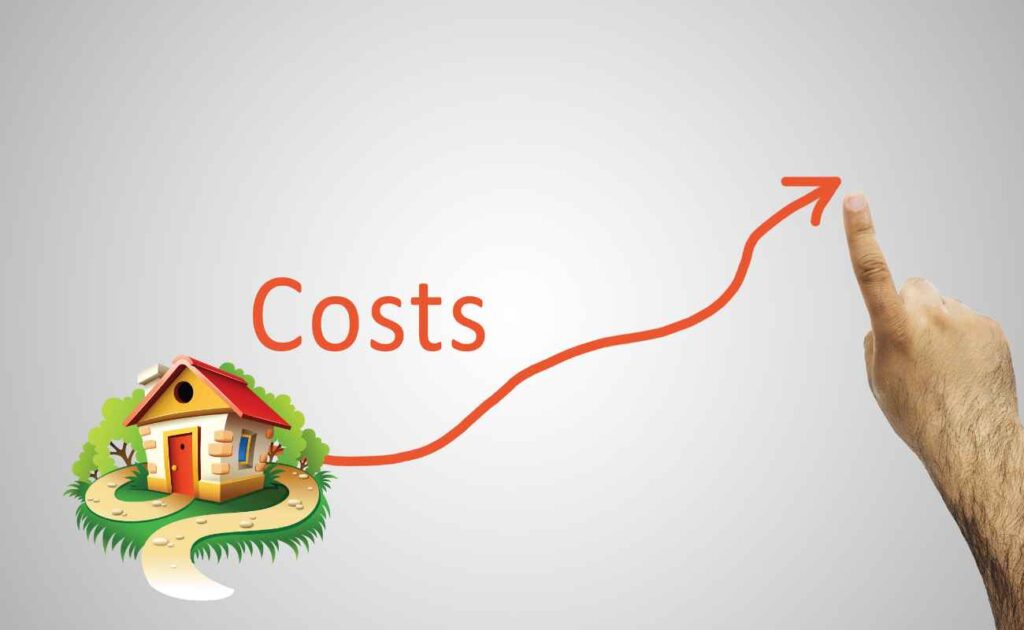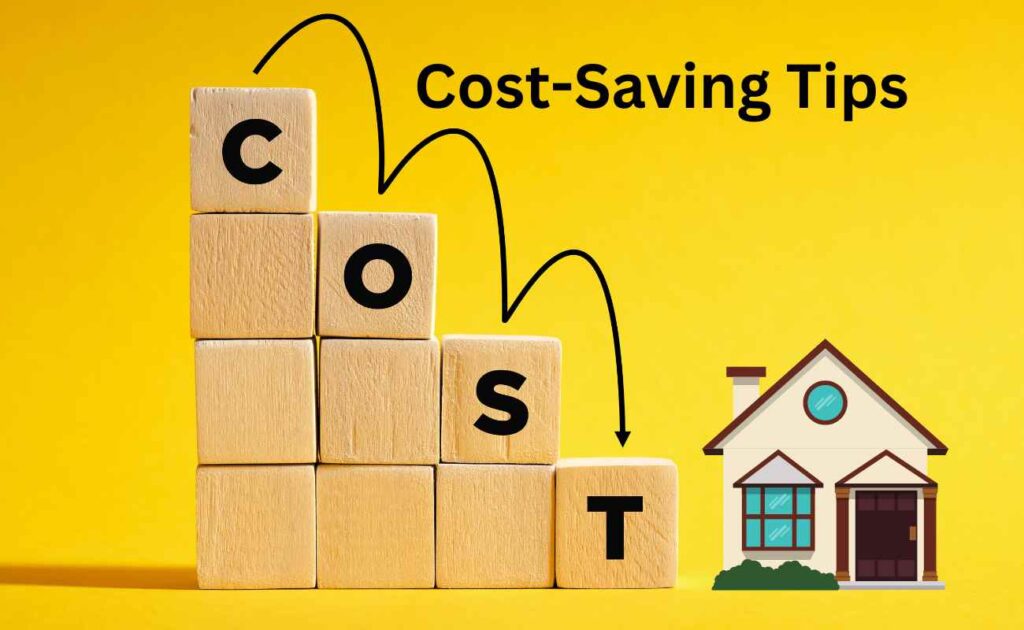Building a house is one of the most significant investments a person can make. Whether you’re planning your dream home or investing in property, understanding how much to build a house is crucial. The expenses vary widely depending on several factors, including location, size, materials, and more. This article will guide you through the key aspects that determine the cost of building a house, helping you plan your budget effectively.
Key Factors Affecting the Cost of Building a House

Location
The location of your future home plays a critical role in determining the overall cost. Urban areas, especially in major cities, tend to have higher land prices and labor costs than rural regions. For example, building a house in New York City will cost significantly more than in a rural area of Kansas. Additionally, local regulations, taxes, and the availability of materials also vary by location, influencing the final price.
Size and Layout
The size of the house is one of the most obvious factors affecting the cost. Larger homes require more materials, labor, and time to build. The number of floors, rooms, and overall square footage will directly impact your budget. However, it’s not just about size; the layout also matters. A complex design with multiple levels, intricate architectural details, and unique features will cost more than a simple, straightforward layout.
Material Choices
The materials you choose for construction significantly impact the cost. For instance, a house built with high-quality brick or stone will be more expensive than one made with wood or vinyl siding. The durability, aesthetic appeal, and long-term maintenance costs of materials also vary. Choosing sustainable or energy-efficient materials might have higher upfront costs but can lead to savings in the long run.
Design Complexity
The complexity of the design is another factor that can drive up costs. Custom designs tailored to your specific preferences, with unique architectural features, will be more expensive than using pre-designed plans. Modern designs with large glass windows, open spaces, and innovative structures tend to cost more than traditional designs. The more intricate the design, the higher the labor and material costs will be.
Labor Costs
Labor is a significant part of the construction budget. The cost of hiring skilled labor, such as electricians, plumbers, and carpenters, can vary greatly depending on the region and the complexity of the work. In some areas, labor shortages can drive up prices. Additionally, the experience and reputation of the contractor you hire can also affect the cost. While hiring cheaper, less experienced labor might save money upfront, it could lead to higher costs in the long run due to potential mistakes or subpar work.
Permits and Regulations
Before construction begins, you’ll need to secure various permits, which can add to your overall costs. Building permits, zoning requirements, and environmental regulations vary by location and must be adhered to. Some areas may require impact fees or special permits for certain types of construction, especially in regions prone to natural disasters like earthquakes or floods. These permits ensure that your construction complies with local laws and safety standards but can add a significant amount to the total cost.
Average Costs by Region

Cost Breakdown in Major Cities
The cost of building a house can vary dramatically from one city to another. For instance, in major cities like New York, Los Angeles, and Chicago, the average cost per square foot can range from $200 to $400 or more. This is due to higher land prices, labor costs, and stricter building codes. In contrast, buildings in smaller cities or towns might cost significantly less, often ranging from $100 to $200 per square foot.
Comparison Between Urban and Rural Areas
Urban areas tend to have higher building costs due to the factors mentioned above. In contrast, rural areas often offer cheaper land and labor. However, rural construction can come with its own set of challenges, such as limited access to materials and skilled labor, which can lead to delays and additional costs.
International Cost Comparison
Building costs can also vary internationally. In countries like the United States, Canada, and Australia, the cost of building a house is generally higher than in countries like India, Mexico, or Brazil. However, these costs must be considered alongside factors such as quality, durability, and local building standards.
Cost Breakdown by Construction Phase

Pre-Construction Costs
Before you even break ground, there are several costs to consider. These include purchasing land, conducting surveys, and paying legal fees. Land prices vary widely depending on location, and legal fees can add up if there are zoning issues or other complications.
Foundation and Structure
The foundation and structure of the house form the bulk of the construction costs. This phase includes excavation, laying the foundation, and framing the house. The type of foundation (slab, crawl space, or basement) and the materials used for framing (wood, steel, etc.) will significantly impact the cost.
Exterior Finishes
Exterior finishes include roofing, siding, windows, and doors. The choice of materials for these finishes will affect both the cost and the home’s durability. For example, a high-quality roof made of metal or tile will last longer but cost more than a basic asphalt shingle roof.
Interior Finishes
Interior finishes cover everything from flooring and walls to ceilings and fixtures. This phase is where personal preferences can greatly influence costs. High-end finishes like hardwood floors, custom cabinetry, and designer fixtures will add to the overall budget.
Utility Installation
Installing utilities such as electrical wiring, plumbing, and HVAC systems is another significant expense. The complexity of these systems, as well as the size of the house, will determine the final cost. Energy-efficient systems might have higher upfront costs but can lead to long-term savings.
Final Touches
The final touches include landscaping, driveways, and fencing. While these might seem like minor expenses, they can add up quickly, especially if you’re planning extensive landscaping or installing elaborate outdoor features like patios or swimming pools.
Hidden and Unexpected Costs

Contingency Budget
It’s crucial to set aside a contingency budget to cover unexpected expenses. Construction projects often encounter unforeseen issues, such as soil problems, weather delays, or design changes, which can lead to cost overruns.
Upgrades and Changes
Homeowners often decide to upgrade materials or make changes during the construction process. While these changes can enhance the home’s value, they can also lead to higher costs. It’s essential to budget for potential upgrades or changes to avoid financial strain later on.
Maintenance and Long-term Costs
Beyond the initial construction costs, consider the long-term maintenance and repair expenses. High-quality materials and energy-efficient designs may have higher upfront costs but can reduce maintenance expenses and increase the home’s longevity.
Financing Options for Building a House

Mortgages and Construction Loans
Most people finance their home construction through mortgages or construction loans. These loans are designed specifically for building a home and often have different terms and conditions than traditional mortgages. It’s essential to understand the options available and choose the one that best fits your financial situation.
Budgeting and Financial Planning
Careful budgeting and financial planning are critical to staying within your budget. It’s important to have a clear understanding of all costs involved, including potential hidden expenses. Working with a financial planner or mortgage advisor can help you make informed decisions.
Government Assistance Programs
In some regions, government assistance programs are available to help with home construction costs, especially for first-time home builders. These programs might offer grants, subsidies, or low-interest loans, making homebuilding more accessible.
Cost-Saving Tips and Strategies

DIY vs. Hiring Professionals
One way to save money is by doing some of the work yourself. However, this approach has pros and cons. While DIY can reduce labor costs, it can also lead to mistakes and potential delays. It’s essential to assess your skills and decide which tasks you can handle and which should be left to professionals.
Energy-Efficient Building
Investing in energy-efficient designs and materials might increase upfront costs but can lead to significant savings in the long run. Features like solar panels, energy-efficient windows, and insulation can reduce utility bills and increase the home‘s value.
Choosing the Right Time to Build
The timing of your construction project can also impact costs. Building during peak seasons or periods of high demand can drive up prices. Conversely, building during off-peak seasons might result in cost savings, as contractors and suppliers may offer discounts.
Conclusion
Building a house is a complex and costly endeavor, but understanding the various factors involved can help you plan effectively and avoid unexpected expenses. From choosing the right location and materials to budgeting for hidden costs and financing options, careful planning is key to building your dream home without breaking the bank.
FAQs
- How much does it cost to build a house per square foot?
- The cost per square foot varies widely depending on location, materials, and design complexity, ranging from $100 to $400 or more.
- What are the most significant factors affecting the cost of building a house?
- Location, size, materials, labor costs, and design complexity are the primary factors that influence the overall cost.
- How can I save money when building a house?
- Consider DIY tasks, choose energy-efficient materials, and plan construction during off-peak seasons to reduce costs.






GIPHY App Key not set. Please check settings